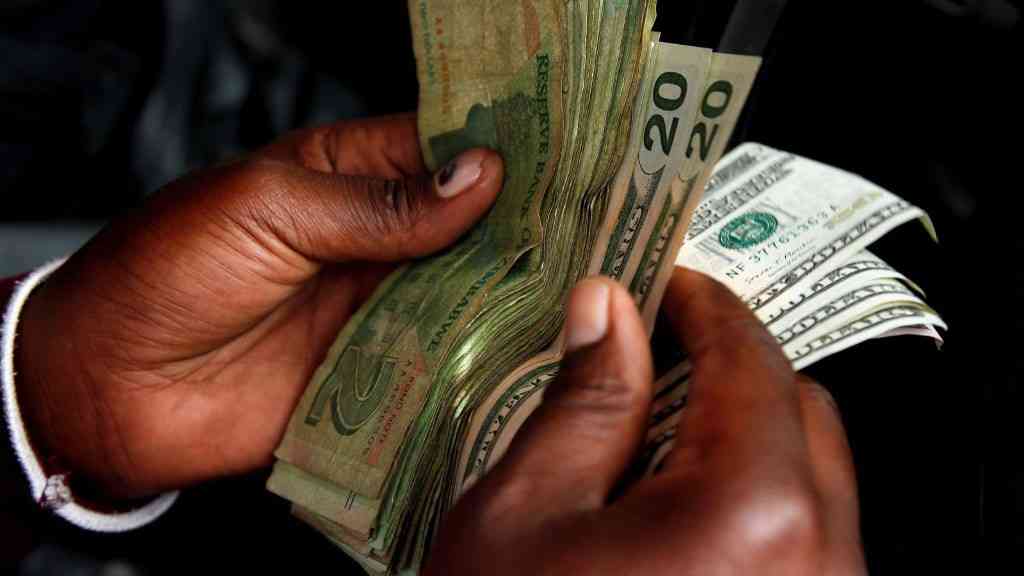
AFTER the government announced the Statutory Instrument 17 of 2023, which operationalised blended inflation rate and dropped the publication of Zimbabwe dollar inflation rates, scores of economists in the country have since criticised the new development and moved to predict Zimdollar inflation informally while suggesting plausible measures to curb the elephant in the room.
In line with that, some have suggested reverting to Zimdollar inflation rates, which is practical, and some have criticised the dominance of United States dollars (USD) in the economy. Since the government has stood firm on not fully dollarising, while reality has proved that the greenback is going nowhere, economists have suggested floating the exchange rate to allow for currency stability. This has been a debate going on since 2019, but has escalated in recent times as the premium between the formal and the parallel market has surpassed 100% to almost 110%. It is, therefore, imperative to assess the impact of a full exchange-rate liberalisation.
Liberalising the exchange rate involves removing government control over the exchange rate and allowing market forces to determine the currency value. The government claimed that it has liberalised the exchange rate by introducing the Willing-Buyer Willing-Seller market, which, however, is out of touch with reality.
Consequently, the parallel exchange market continues to prevail as a more realistic market due to demand supply factors since currencies can easily be traded at any time, while solving the problem of unavailability or insufficiency of foreign currency as witnessed on the formal markets.
This has seen the parallel market rate matching money supply and other macro-economic dynamics while the formal market remains curtailed and inefficient. Typically, a full liberalisation of the exchange rate ensures availability of currencies to be traded at any time since viable rates will be offered both parties in the exchange.
The sole currency exchange market in Zimbabwe, the Interbank market, closed at a rate of ZW$1 253,6581 per US$1 on Monday while the average parallel exchange rate stood at ZW$2 600. This represents a premium of 107%. To put this into perspective, one could earn a salary in US dollars and take US$200 to the informal market where they will cash out ZW$520 000. Due to arbitrage opportunities, they can take the ZW$520 000 to the interbank market where they would cash out an average US$415.
The arbitrage is created by the differences in exchange rates between a regulated market and a fully liberalised market. If both markets could be fully liberalised, the arbitrage opportunity will be eradicated since the exchange rates will offer a marginal standard deviation.
The huge premium, on the downside, serves as a loss on value to those earning in Zimdollars based on the formal exchange rate as they lose in real terms. In a country where most goods and services are indexed to the US dollar, earning an income indexed against the formal exchange rate means an exchange loss of almost 54% of the total income in real terms.
- Zimra is now owed over $33 billion as defaults rise
- Fresh warning over gold coins
- DT Bio Mudimba: A sungura perfectionist
- RBZ suspends Access Forex domestic money transfer
Keep Reading
These developments would lead to one advocating for a full liberalization of the exchange market. However, flotation of the currency comes at a huge cost.
While the country is already battling rampant Zimdollar inflation, the immediate impact of liberalising the exchange rate is a sharp increase in inflation. Due to low production in the country, along with a huge government spend and accelerating money supply, liberalising the exchange rate will see a runaway rate on the formal market.
As the value of Zimdollar falls against other currencies, prices for imported goods are likely to rise. This can create a trade-off between competitiveness and inflation that policymakers need to manage carefully. It can also lead to increased volatility in financial markets. Since exchange rates are determined by market forces, they can fluctuate rapidly based on speculation, and financial markets react.
Duma is a financial analyst and accountant at Equity Axis, a leading media and financial research firm in Zimbabwe. — twdumah@gmail.com or tinashed@equityaxis.com, Twitter: TWDuma_






